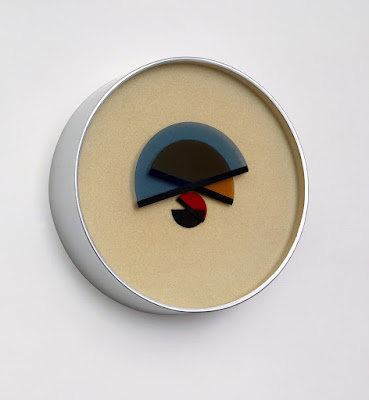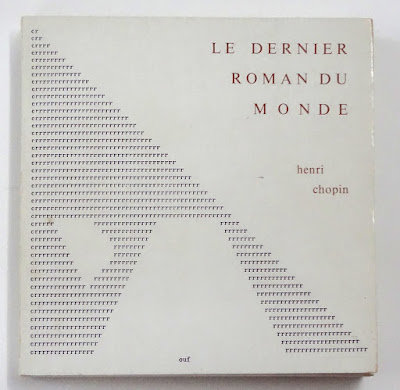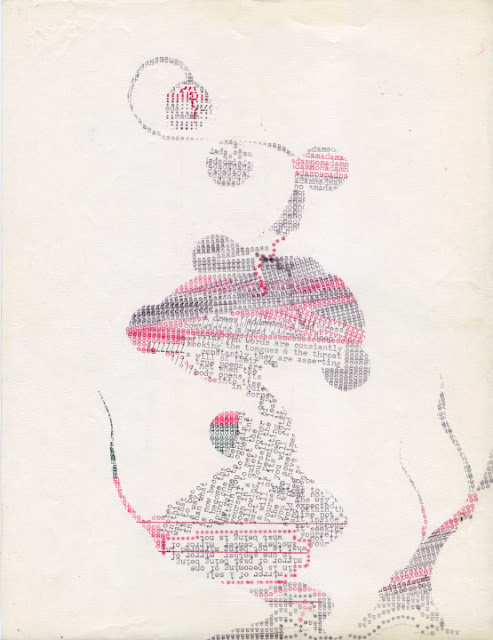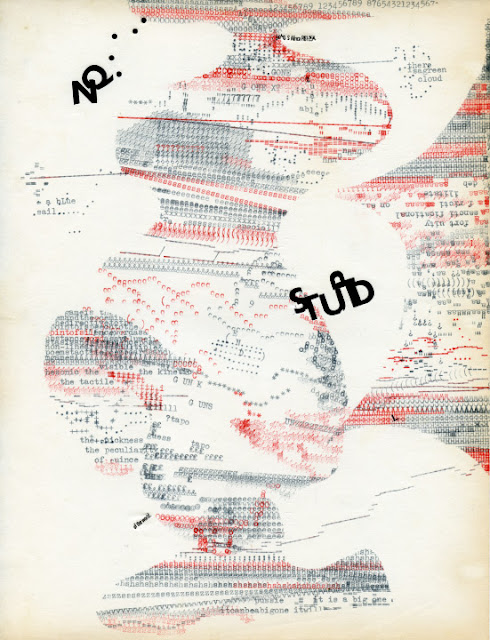Philip Corner
The Identical Lunch
Barton, USA: Nova Broadcast Press, 1973
46 pp., 22.4 x 15.3 cm., softcover
Edition of 1000 copies
In the late sixties, Philip Corner noticed his friend Alison Knowles ate the same lunch every day: “a tuna fish sandwich on wheat toast with butter and lettuce, no mayo, and a cup of soup or glass of buttermilk", leading the artist to turn her dining habits into a performance. She did this by inviting friends to join her at a local diner, to experience the same lunch as her, and to write about their experiences.
In 1971, Nova Broadcast Press released Knowles' account of the shared lunches as Journal of the Identical Lunch. The next title in the series (which had previously included books by William S Burroughs, Wolf Vostell and Dick Higgins - Knowles' husband at the time) is Corner's own take on the lunch, using Knowles' original piece as a 'score'.
It would be the last in the Nova Broadcast series.

















































